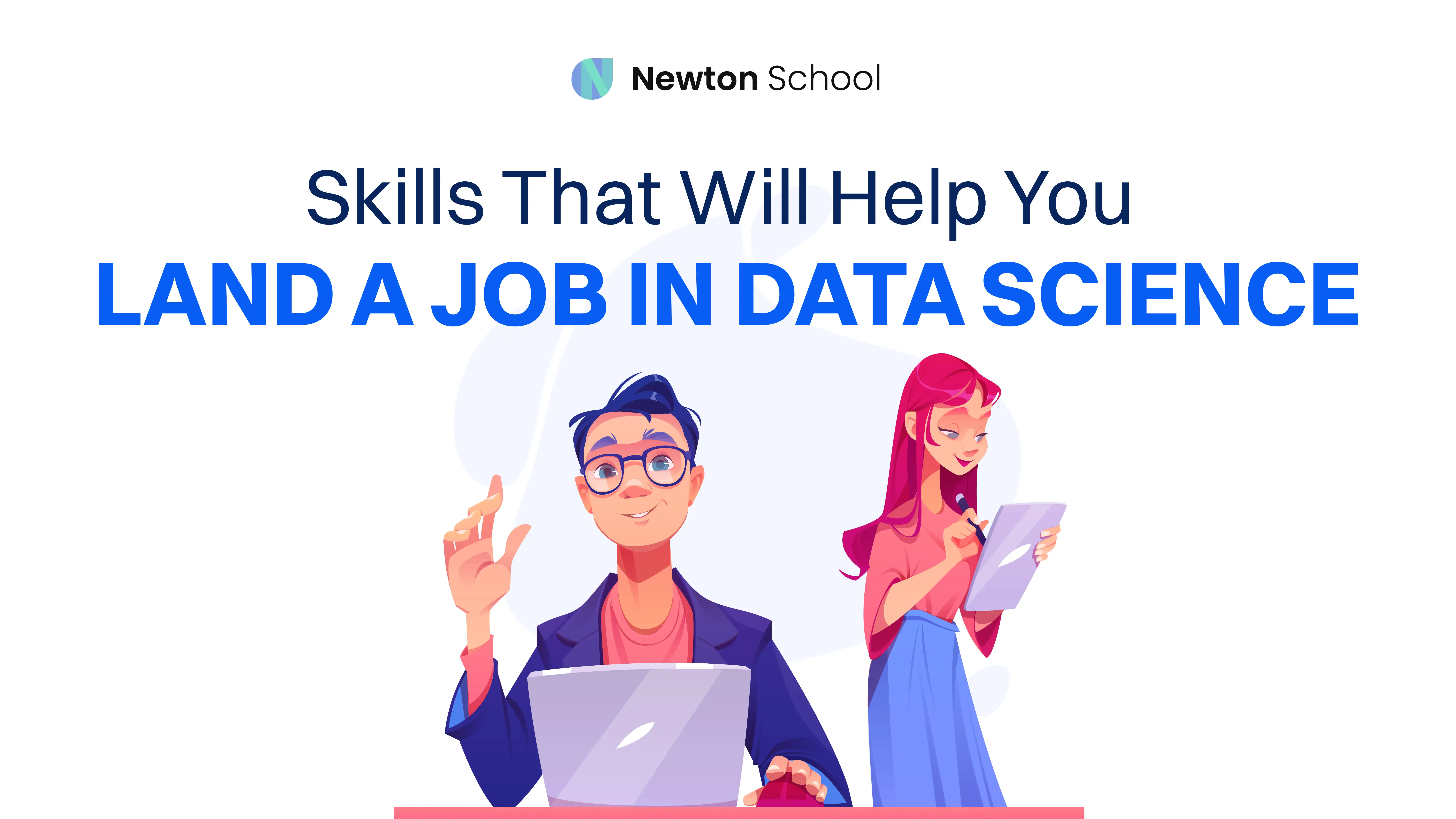How AI and ML in Data Analytics are Shaping the Future of Decision-Making?

AI and ML can help organizations to make better decisions by providing insights that would otherwise be difficult or impossible to discern. Understand how this works.
In the current business scenario, data analytics has become one of the essential tools for making decisions. The data analytics process involves using artificial intelligence (AI) and machine learning (ML) to analyze data sets and identify patterns. These techniques help organizations to make better decisions by understanding the behavior of customers, employees, and other stakeholders.
AI and ML play a significant role in data analytics and decision-making. Organizations are using these technologies to automate various processes such as customer segmentation, target marketing, fraud detection, etc. Using these filters, AI and ML help organizations make better decisions by providing insights that would otherwise be unavailable.
The accuracy of these algorithms is much higher than that of any human. And as a result, businesses rely more on AI, ML, and data analytics to analyze data. While these technologies are not implemented everywhere, many businesses opt to integrate them sooner than later.
This article answers all these questions about these technologies and more, so one can better understand how AI and ML in data analytics are shaping the future of decision-making. But, let's start with the basics.
What is AI?
Artificial intelligence (AI) is a process of programming computers to mimic the cognitive functions of humans, for example, learning and problem-solving. AI can make decisions based on data, patterns, and insights that would otherwise be difficult or time-consuming for humans to discern.
AI is already having a significant impact on businesses. And it is expected to have even more far-reaching implications in the future. As AI continues to evolve, it can automate tasks and make decisions that require human judgment.
What is ML?
Machine learning (ML) is a subset of AI that focuses on teaching computers to learn from data without being explicitly programmed. It means machine learning algorithms can automatically improve their skills if given more data. For example, a machine learning algorithm can automatically improve the accuracy of predictions made by an AI system.
There are many machine learning algorithms, but some of the most common include linear regression, logistic regression, decision trees, and neural networks. Each algorithm has its strengths and weaknesses, so it is important to choose the right one.
How are AI and ML different?
The main difference between AI and ML is that machine learning is a type of artificial intelligence, but vice versa is untrue. Machine learning does that: it learns once you provide data. In contrast, AI will only analyze the data rather than learn. In recent years, the two fields have begun to overlap as data science techniques are used to develop and improve AI systems. This convergence is likely to continue as AI systems become more sophisticated and data sets become larger and more complex.
How are AI and ML transforming decision-making processes for businesses?
AI and ML are having a profound impact on decision-making across industries. Here are some key ways in which these technologies are transforming how decision-making:
Automating decision-making processes
One of the most important ways data science, machine learning, and artificial intelligence transform decision-making is by automating decision-making processes. By automating routine tasks, such as data entry and analysis, organizations can free up time and resources and spend them on strategic tasks. It allows employees to focus on other tasks because the menial work is done by algorithms.
Identifying patterns and correlations
AI, ML, and data science algorithms can analyze vast amounts of data and identify patterns and correlations within minutes. Information can be used to make better decisions, such as deciding which products to stock or which customers to target based on survey results. Identifying such trends is resource-consuming for a company but can be automated using AI and ML.
Making predictions
AI and ML can be used to make predictions about future trends. Information can be used to make proactive decisions, such as investing in new products or services before the competition. It helps a business adjust its model and business operations. For example, a business can step up production if demands are expected to rise.
Taking action in real-time
Thanks to the speed at which AI, ML, and data science algorithms, process data, organizations can take action in real-time. For example, if a customer segment is disinterested, the algorithm can identify these symptoms, and the organization can take action immediately to try and retain them.
Improving efficiency and productivity
One of the most important benefits of data science, machine learning, and artificial intelligence integration in data analytics is that they can help organizations improve their efficiency and productivity. Algorithms can be trained to find patterns or processes that can be less-time consuming. They can be used to find inefficient processes that don't align with the overall environment.
Reducing costs
In addition to improving efficiency and productivity, AI and ML can help organizations reduce costs. AI and ML help organizations save money on labor costs by automating tasks that would otherwise be performed manually. Furthermore, the process is done in less time, allowing businesses to reduce timelines for a project.
Conclusion
AI and ML are having a profound impact on the field of data analytics. These technologies transform how decisions are made across industries by automating Big Data analysis. Organizations that can harness the power of AI and ML in data analytics will have a significant competitive advantage in the future.

Top 13 Web Developer Interview Questions

How To Learn To Code And Then Get A Job As A Web Developer

Unable to Crack a Govt Job? Here's a Promising Career Option for You

